In the world of technology and computing, some pioneers remain in the shadows. These unsung innovators have made significant contributions that shaped the industry. Their work laid the groundwork for modern advancements. This article shines a light on a few of these remarkable individuals. Each one brought unique ideas and solutions to the field. Let’s explore their legacies.
Grace Hopper
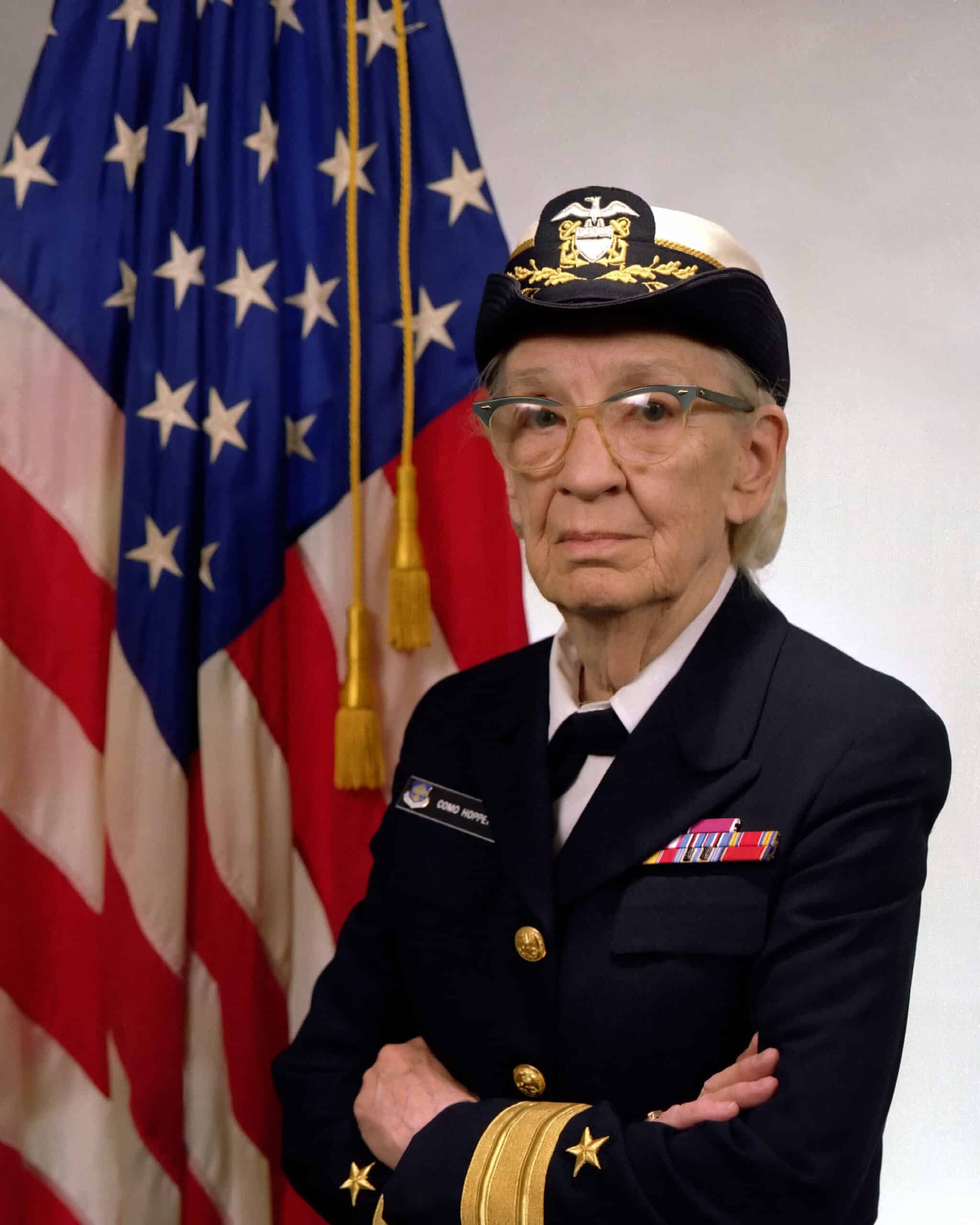
Grace Hopper was born in New York City in 1906. She earned a Ph.D. in mathematics from Yale in 1934. Known as the “Mother of COBOL,” She invented the first compiler, which translated written code into machine code. This made programming more accessible and efficient. Hopper’s vision led to the development of COBOL, a language still in use today. She served in the Navy and worked on the Harvard Mark I computer. Hopper’s contribution to computing is immense.
J.C.R. Licklider
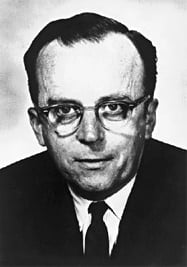
J.C.R. Licklider was born in St. Louis, Missouri, in 1915. He studied psychology and electrical engineering. In the early 1960s, he became a key figure at ARPA. His vision for an interconnected network paved the way for the internet. He foresaw a networked future where computers would communicate seamlessly. His work influenced the development of ARPANET, the precursor to the internet. Licklider’s concept of “man-computer symbiosis” revolutionized human-computer interaction. He inspired a generation of computer scientists.
Radia Perlman
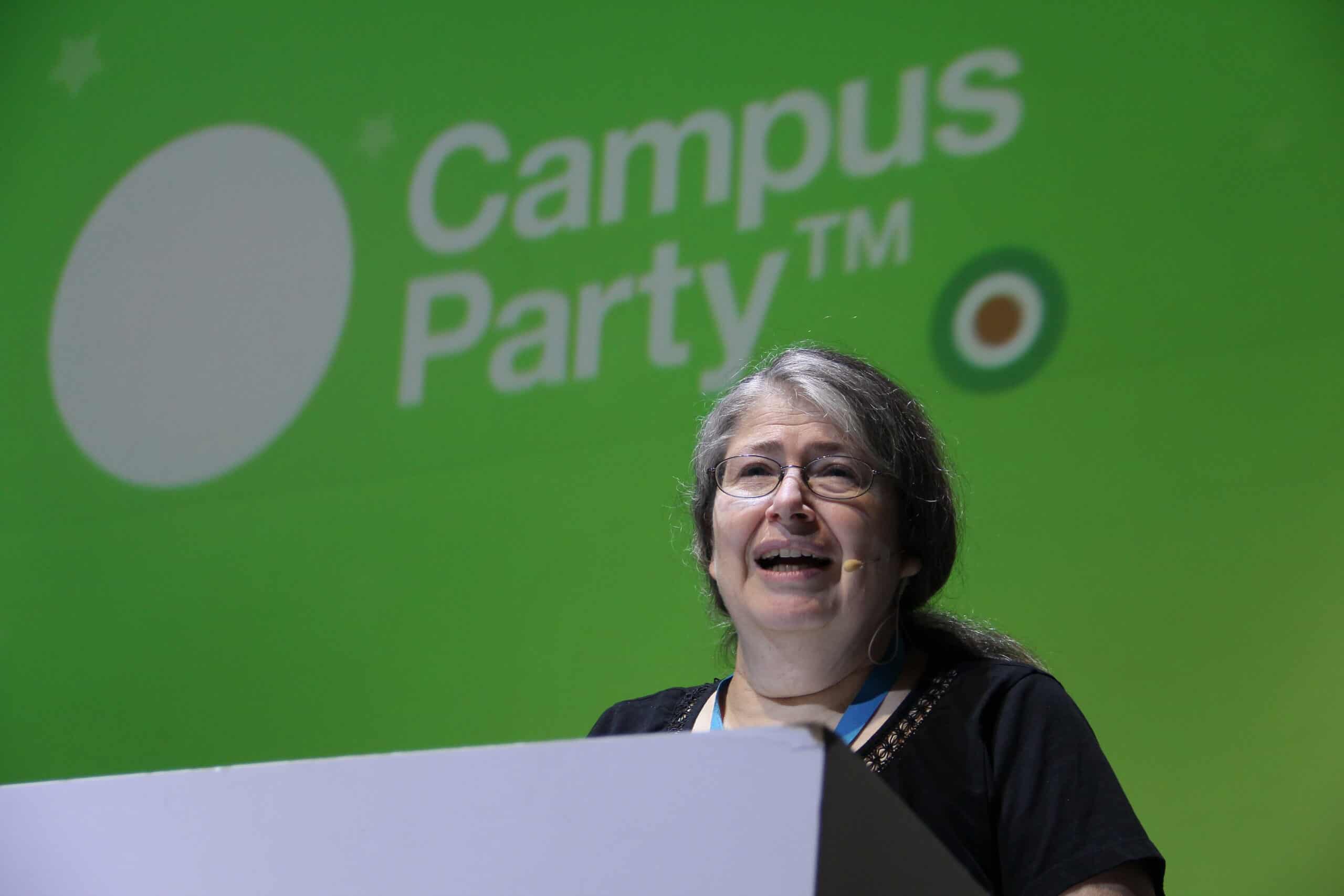
Radia Perlman was born in Portsmouth, Virginia, in 1951. She earned her Ph.D. in computer science from MIT. Perlman is known as the “Mother of the Internet.” She invented the spanning tree protocol (STP). STP allows for loop-free network topologies. This ensures efficient and reliable data communication. Perlman’s innovations have made modern networking robust. She has over 100 patents to her name. Perlman’s work remains fundamental to network infrastructure.
Douglas Engelbart
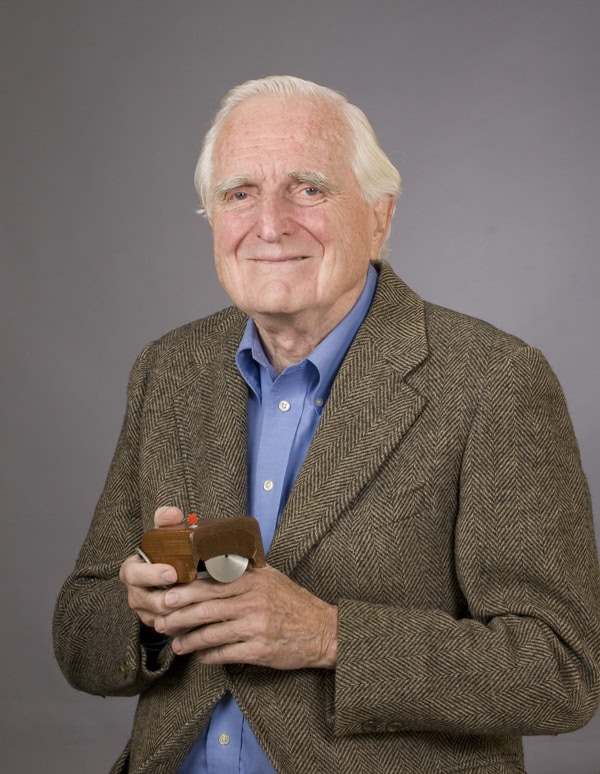
Douglas Engelbart was born in Portland, Oregon, in 1925. He earned a Ph.D. in electrical engineering from UC Berkeley. Engelbart is famous for inventing the computer mouse. He demonstrated it at the “Mother of All Demos” in 1968. This event showcased revolutionary computer technologies. Engelbart’s contributions extend beyond the mouse. He envisioned interactive computing and collaborative workspaces. His team developed early versions of hypertext and networked computers.
Ted Nelson
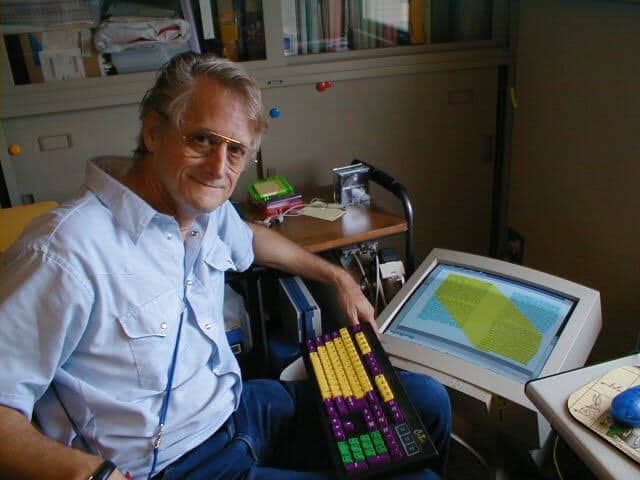
Ted Nelson was born in Chicago, Illinois, in 1937. He studied philosophy and sociology. Nelson coined the terms “hypertext” and “hypermedia.” He envisioned a world where information is interconnected. His work led to the development of the Xanadu project. Nelson’s work on hypertext revolutionized digital information access. He remains a visionary in the field.
Edsger Dijkstra
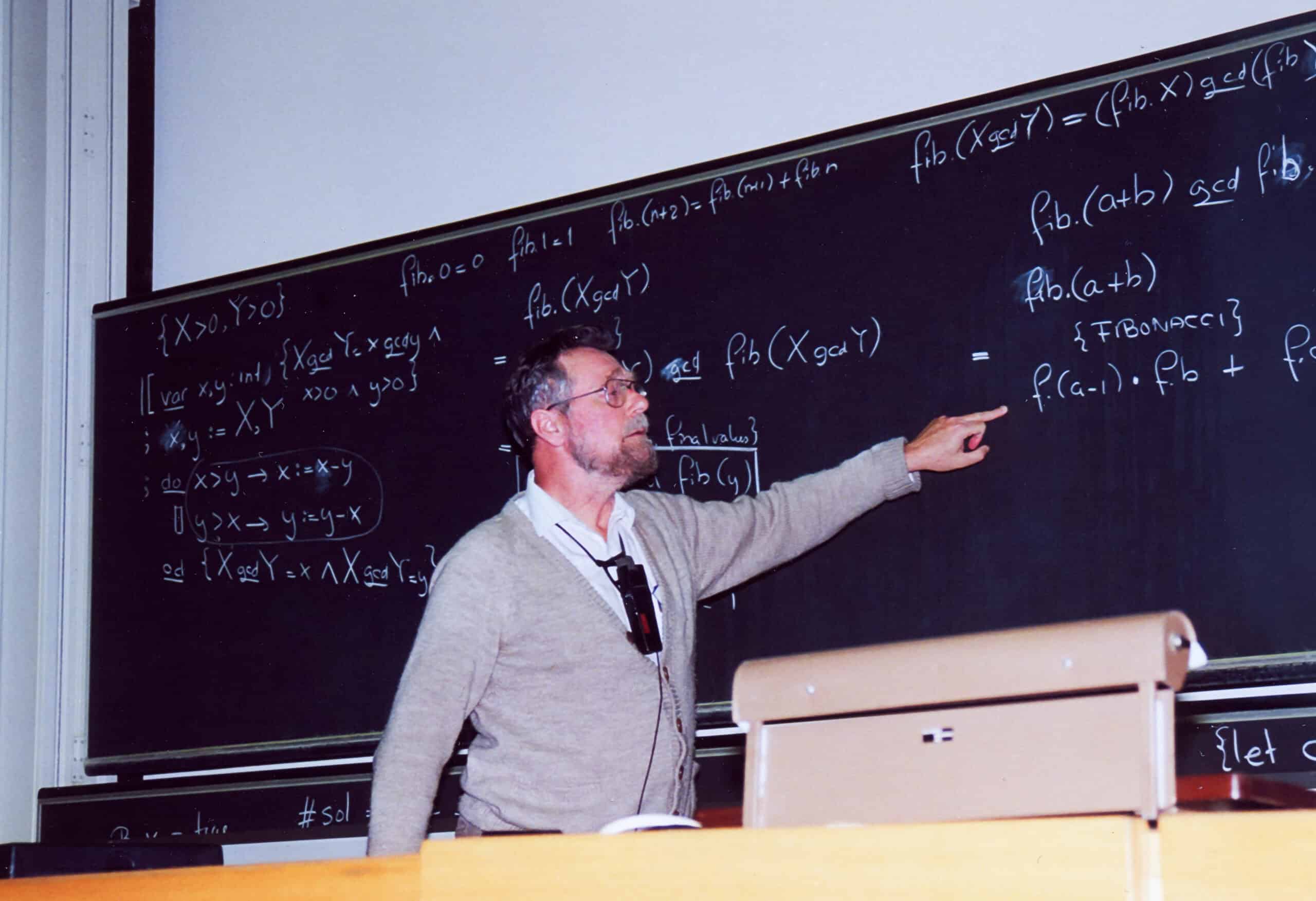
Edsger Dijkstra was born in Rotterdam, Netherlands, in 1930. He studied theoretical physics and mathematics. Dijkstra is renowned for his algorithm work. He developed the shortest path algorithm, known as Dijkstra’s algorithm. His shortest path algorithm is used in routing and navigation systems. He was a pioneer in structured programming. Dijkstra’s writings influenced software engineering practices. His work continues to impact computer science education.
Margaret Hamilton

Margaret Hamilton was born in Paoli, Indiana, in 1936. She earned a bachelor’s degree in mathematics from Earlham College. Hamilton led the software engineering team for NASA’s Apollo missions. She coined the term “software engineering.” Her work ensured the success of the moon landing. Hamilton’s work in error detection and recovery was crucial. She is a pioneer in the field of software engineering.
Alan Kay
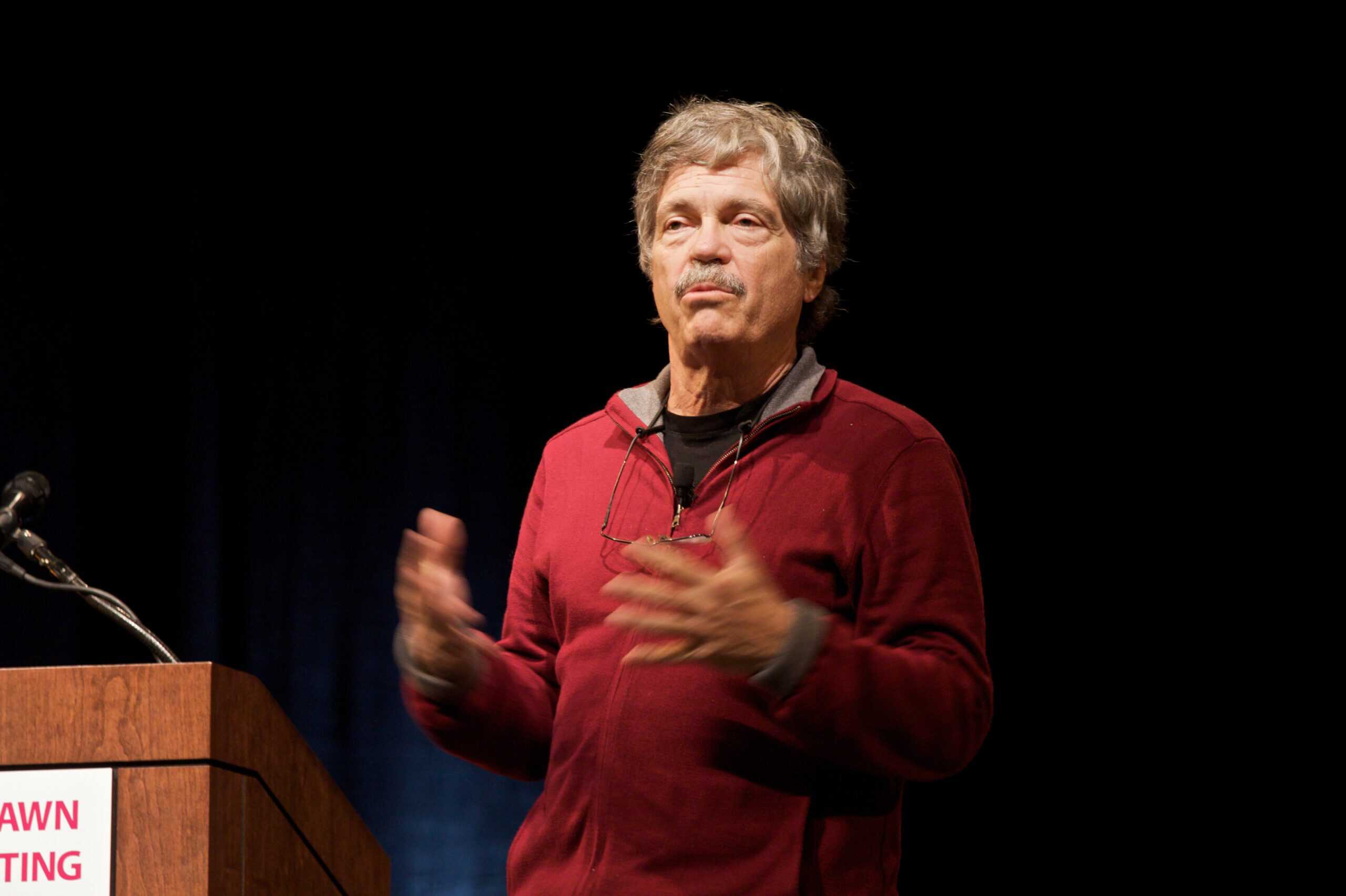
Alan Kay was born in Springfield, Massachusetts, in 1940. He earned a Ph.D. in computer science from the University of Utah. Kay’s contributions are foundational to software development. He coined the term “object-oriented programming” and developed the Smalltalk language. This approach revolutionized software design and architecture. Kay also contributed to the development of the Dynabook concept. His work paved the way for modern personal computing.
Barbara Liskov
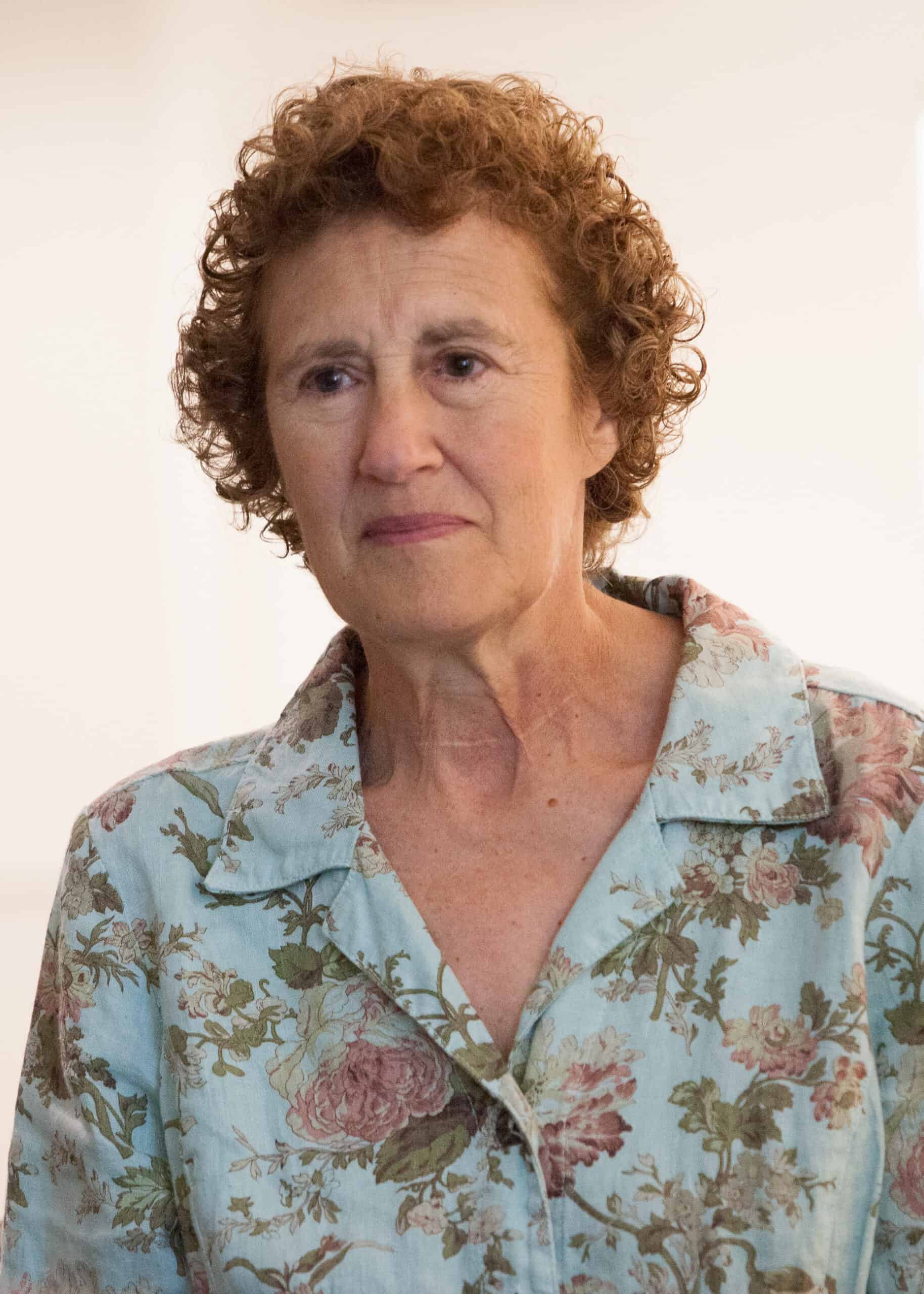
Barbara Liskov was born in Los Angeles, California, in 1939. She earned a Ph.D. in computer science from Stanford University in 1968. Liskov is a pioneer in programming languages and system design. She developed the CLU programming language and the Liskov Substitution Principle. CLU introduced new ways to handle data abstraction and module architecture. The Liskov Substitution Principle became a key concept in object-oriented programming. Liskov also worked on distributed systems and fault tolerance. Her research has shaped modern computing practices.
John Backus
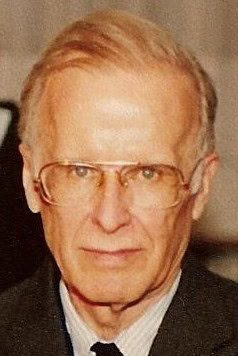
John Backus was born in Philadelphia, Pennsylvania, in 1924. He earned a master’s degree in mathematics from Columbia University. Backus led the team that developed FORTRAN, the first high-level programming language. He also created the Backus-Naur Form (BNF), a notation for defining syntax. FORTRAN made programming more accessible and efficient. It became the standard for scientific and engineering applications. BNF provided a formal way to describe programming languages. Backus’s innovations laid the groundwork for future language development.
Frances E. Allen
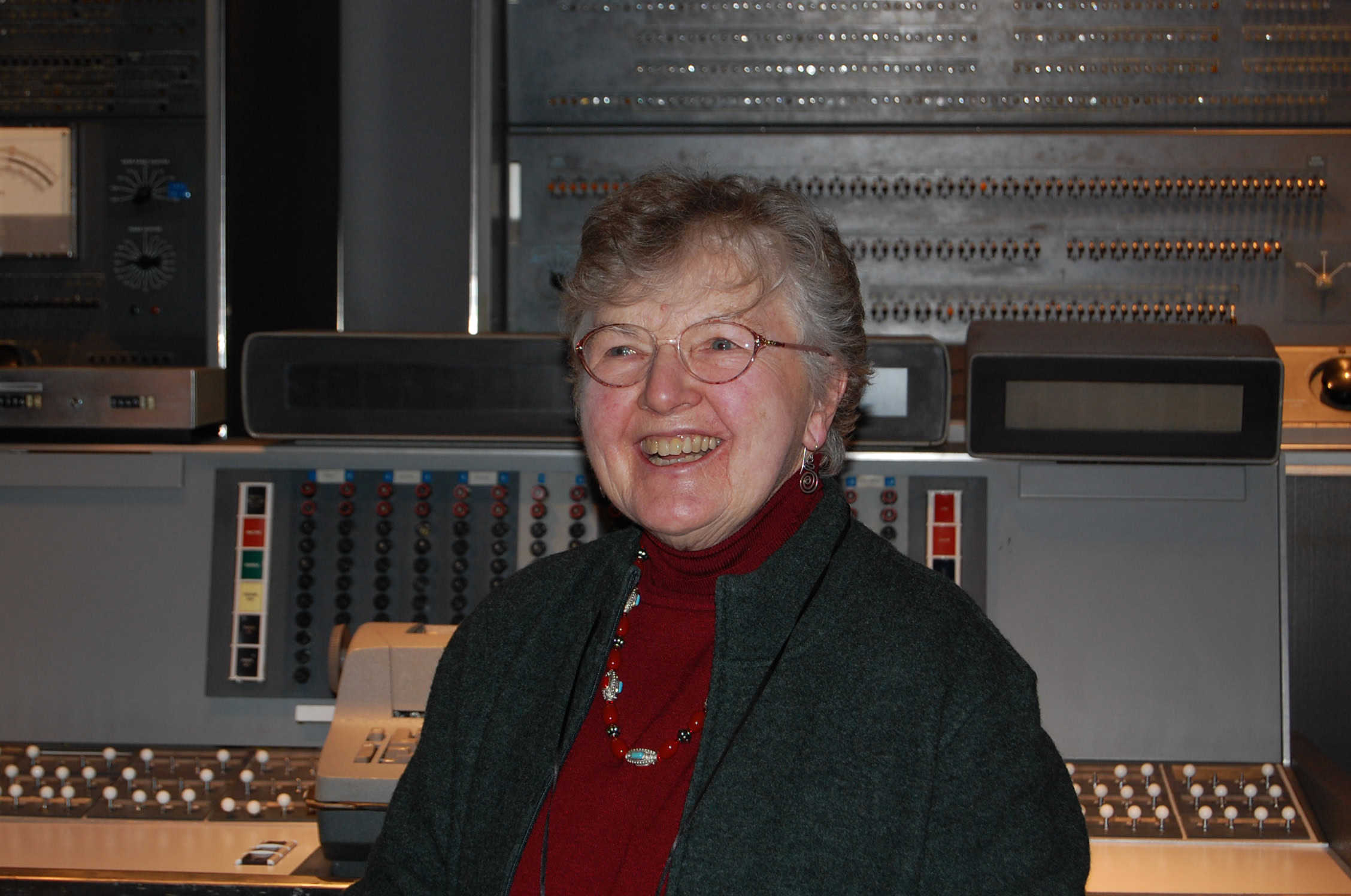
Frances E. Allen was born in Peru, New York, in 1932. She earned a master’s degree in mathematics from the University of Michigan. She developed techniques to improve the efficiency of computer programs. Allen’s research in parallel computing paved the way for high-performance computing. In 2006, she became the first woman to receive the Turing Award. Her work continues to influence modern computing.
Donald Davies
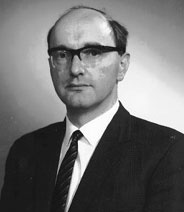
Donald Davies was born in Treorchy, Wales, in 1924. He studied physics at Imperial College London. Davies is best known for his work on packet switching. Packet switching allows data to be broken into small packets and sent independently. This innovation made efficient and reliable communication possible. Davies’s work was independently mirrored by Paul Baran in the US. Together, their ideas led to the creation of ARPANET.
Ivan Sutherland
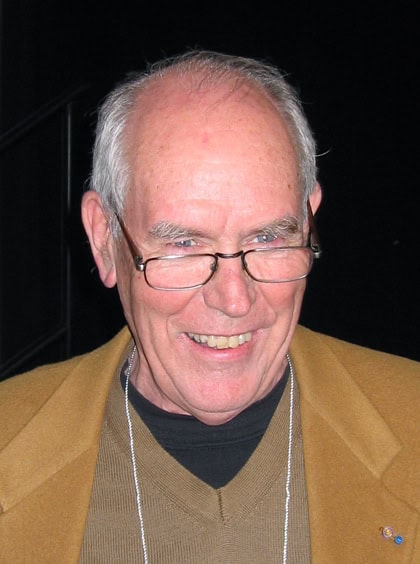
Ivan Sutherland was born in Hastings, Nebraska, in 1938. He earned a Ph.D. in electrical engineering from MIT. Sutherland is renowned for his work in computer graphics. He developed Sketchpad, the first graphical user interface. Sketchpad allowed users to interact with computers graphically. This innovation led to the development of CAD systems and modern GUIs. Sutherland also co-founded Evans & Sutherland, a company specializing in computer graphics. His work has had a lasting impact on the field.
Mary Lou Jepsen
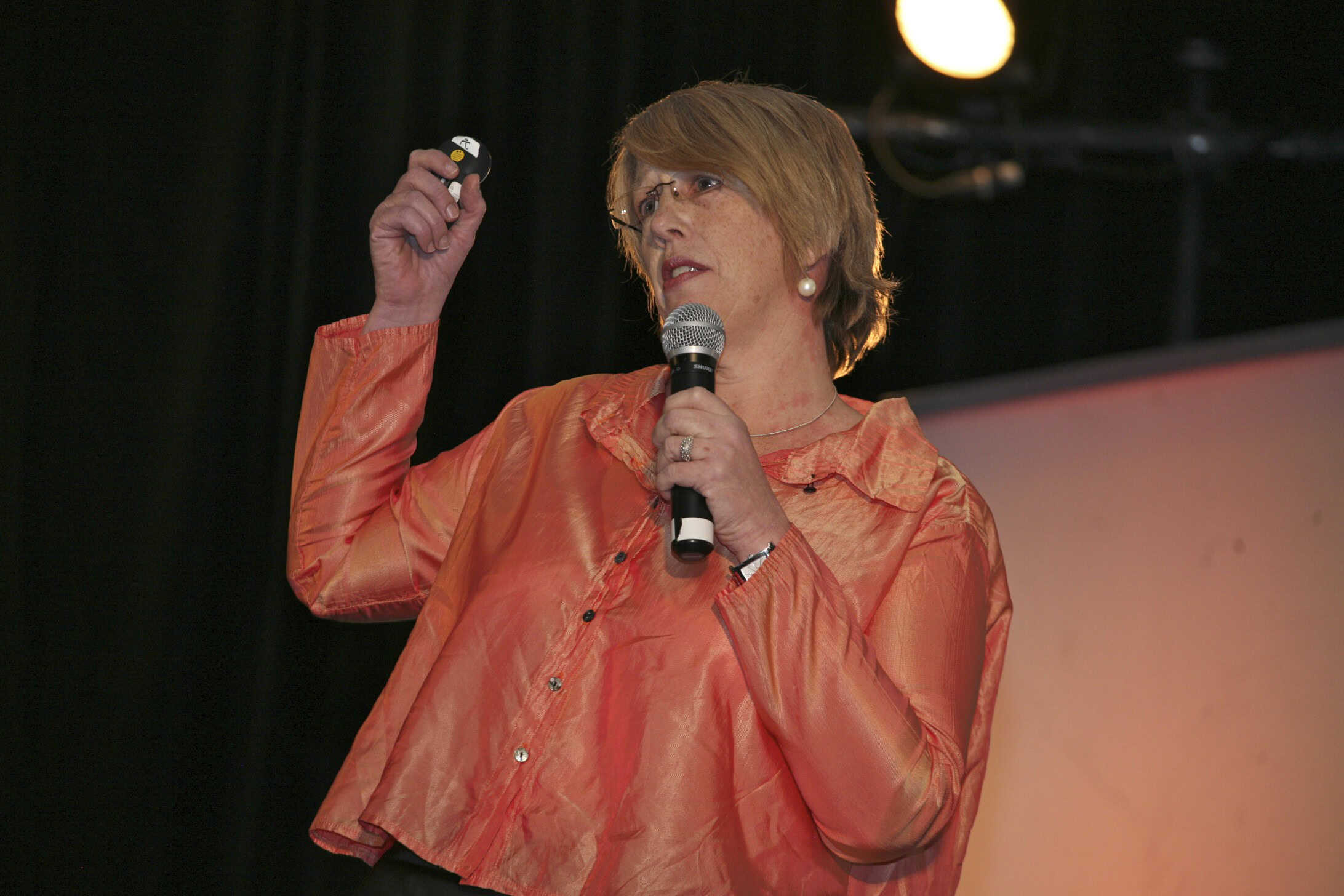
Mary Lou Jepsen was born in Connecticut in 1965. She earned a Ph.D. in optical sciences from Brown University. Jepsen is a pioneer in display technology. She co-founded One Laptop per Child (OLPC) and developed innovative display solutions. This project aimed to provide affordable laptops to children in developing countries. Jepsen also founded Pixel Qi and Openwater, companies focusing on advanced display and imaging technologies. Her innovations have advanced both education and medical imaging.
Fernando Corbató
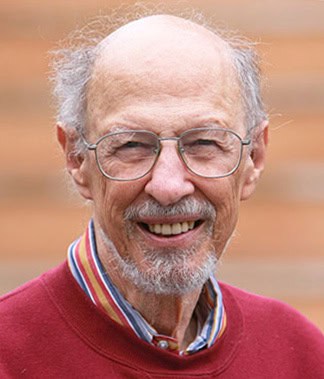
Fernando Corbató was born in Oakland, California, in 1926. He earned his Ph.D. in physics from MIT in 1956. Corbató is best known for developing the Compatible Time-Sharing System (CTSS). CTSS introduced the concept of time-sharing, which allowed multiple users to access a computer at the same time. This innovation significantly increased computer efficiency and accessibility. Corbató also contributed to the development of Multics, a precursor to Unix. His work revolutionized operating systems and user interaction.
Karen Spärck Jones
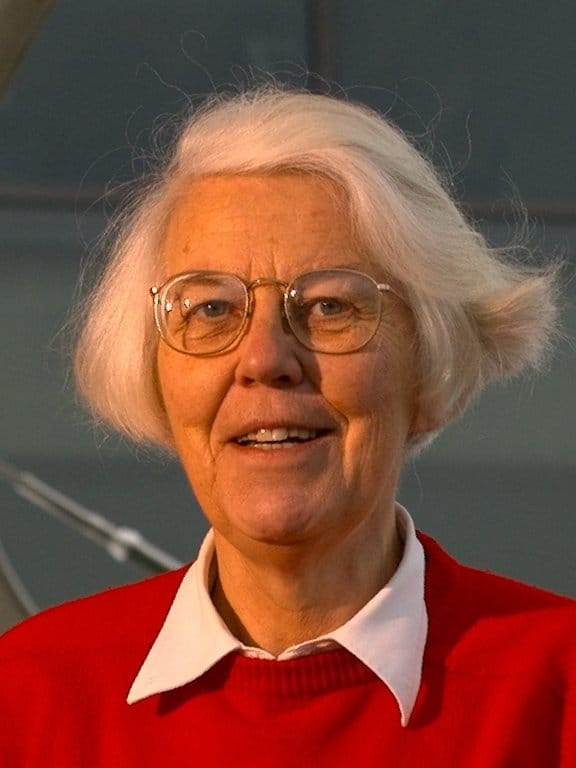
Karen Spärck Jones was born in Huddersfield, England, in 1935. She earned her degree in history from Cambridge University. Spärck Jones is renowned for her work in natural language processing (NLP). She introduced the concept of inverse document frequency (IDF) in information retrieval. IDF is a key component of the term frequency-inverse document frequency (TF-IDF) weighting scheme. This method improves the relevance of search results. Spärck Jones also worked on automatic thesaurus generation and information extraction. Her research continues to influence the fields of NLP and information retrieval.
Elizabeth “Jake” Feinler
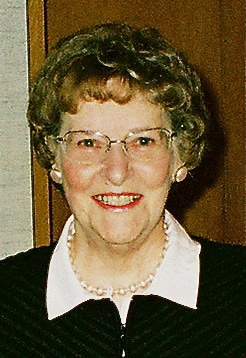
Elizabeth “Jake” Feinler was born in Wheeling, West Virginia, in 1931. She earned her degree in chemistry from West Liberty University. Feinler managed the Network Information Center (NIC) for ARPANET. The NIC provided essential services like domain name registration and directory assistance. Feinler’s team also developed the Host Naming Convention, a precursor to the Domain Name System (DNS). Her work ensured the smooth operation of ARPANET, the internet’s predecessor. Feinler’s efforts laid the groundwork for modern internet infrastructure.
This article originally appeared on Rarest.org.
More from Rarest.org
1970 Kennedy Half Dollar Value Guide
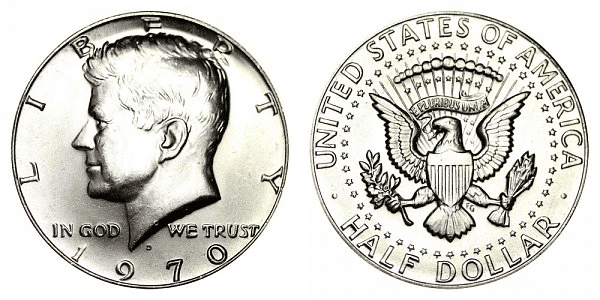
The only Kennedy half designed for circulation that contained any silver at all was the 1970 Kennedy Half Dollar, the last of the regular-strike silver-clad half dollars. Read More.
1968 Roosevelt Dime Value Guide
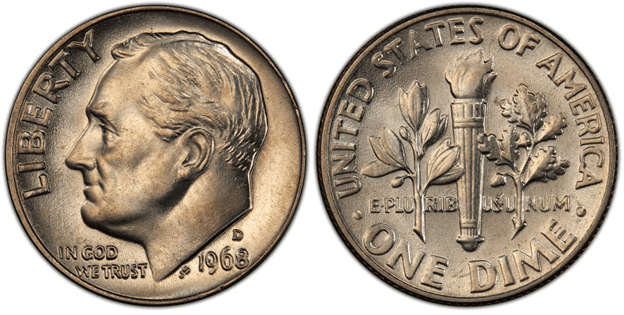
Since it first entered circulation in 1946, the Roosevelt Dime has served as a reminder of President Franklin D. Roosevelt’s support for the March of Dimes and his initiatives to end polio. Read More.
1989 Lincoln Penny Value Guide

The 1989 Lincoln penny is made of 2.5% copper and 97.5% zinc. It has a mass of 2.5 grams, a plain edge, and a diameter of 19.05 mm. Read More.
